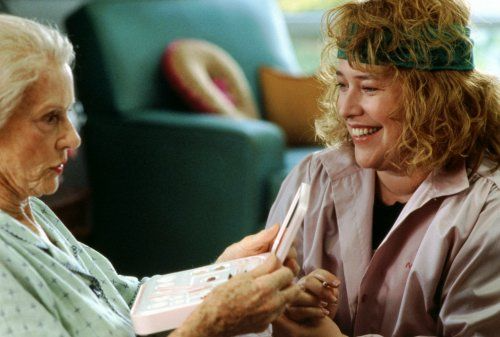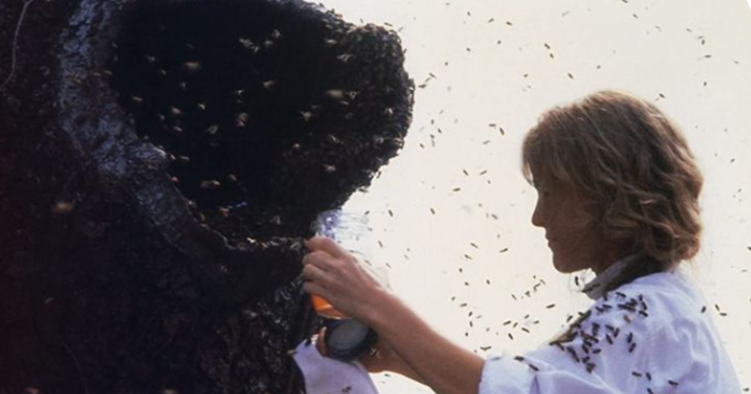
Fried Green Tomatoes is filled with iconic moments and dialogue, but it’s also a film that speaks volumes through silence — through glances, gestures, and objects. One such object is the simple white shirt worn by Ruth Jamison, most notably in the scenes at the Whistle Stop Cafe and during quiet moments with Idgie.
This piece of clothing, seemingly ordinary, carries an emotional charge that reflects Ruth’s transformation, her unspoken desires, and her quiet devotion to a love that dared not speak its name.
Ruth in White: Visual Symbol of Inner Conflict
When Ruth comes to Whistle Stop, fleeing her abusive husband and collapsing into the embrace of a new life, her wardrobe shifts dramatically. Gone are the floral, conservative dresses of her married life. In their place comes something simpler, freer — like a crisp, white button-down shirt that she often borrows from Idgie or wears loosely, without formality.
This change in clothing is not accidental. It marks a transition: from confined womanhood to an ambiguous, undefined space between friend, partner, mother, and something more. The white shirt becomes a visual shorthand for:
-
Purity — Ruth’s desire for a life untainted by violence.
-
Masculine strength — a nod to Idgie’s androgynous style.
-
Emotional vulnerability — the looseness of the shirt mirroring her comfort in being her true self, perhaps for the first time.
Borrowed Clothes, Shared Lives

The act of Ruth wearing what could be Idgie’s shirt has subtle but powerful undertones. It suggests a shared intimacy, one not acknowledged outright due to the social constraints of the time, but deeply present.
In many scenes, they move as one — finishing each other’s thoughts, working in tandem, raising Buddy Jr. together. The shirt becomes part of that shared identity: two people blurring the lines between friendship, family, and romantic partnership.
In LGBTQ+ readings of the film, this shirt becomes a soft queer symbol: a way of visually pairing them without triggering censorship or backlash in the early 1990s. It says everything without saying anything.
The Shirt as Mourning
After Ruth’s death, Idgie never mentions her grief aloud. But viewers with careful eyes will note that she continues to wear clothes reminiscent of Ruth’s style, or revisit places where they laughed together.
The white shirt — once worn freely in the sunshine — becomes a ghost, a memory stitched into every scene that follows. Just as Ruth never loudly declared her love, the film mourns her quietly, through echoes of fabric, lighting, and routine.
Visual Poetry and Cinematic Subtext
Director Jon Avnet uses the white shirt much like a poem uses a refrain. It’s not flashy. It doesn’t call attention to itself. But its presence anchors emotional moments, especially in scenes where words are absent.
For instance, in the scene where Ruth watches Idgie from the porch, shirt sleeves rolled up, her hair tucked back, the shirt becomes a frame — highlighting her vulnerability, her admiration, and her gentle resolve to stay, to build a life with the person who saved her.
Conclusion: Threads of a Hidden Love
In a story filled with drama, mystery, and rich dialogue, it’s easy to miss the smaller things — like a white shirt gently blowing in a Southern breeze. But for Ruth and Idgie, that shirt is a soft flag of resistance, of identity, and of unspoken devotion.
In the end, it reminds us that love doesn’t always need to be declared out loud. Sometimes, it’s stitched into the quiet things we wear and share.
